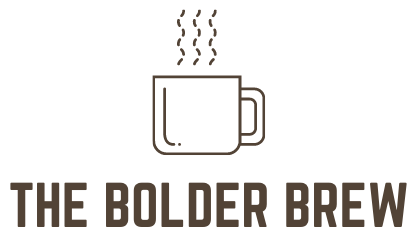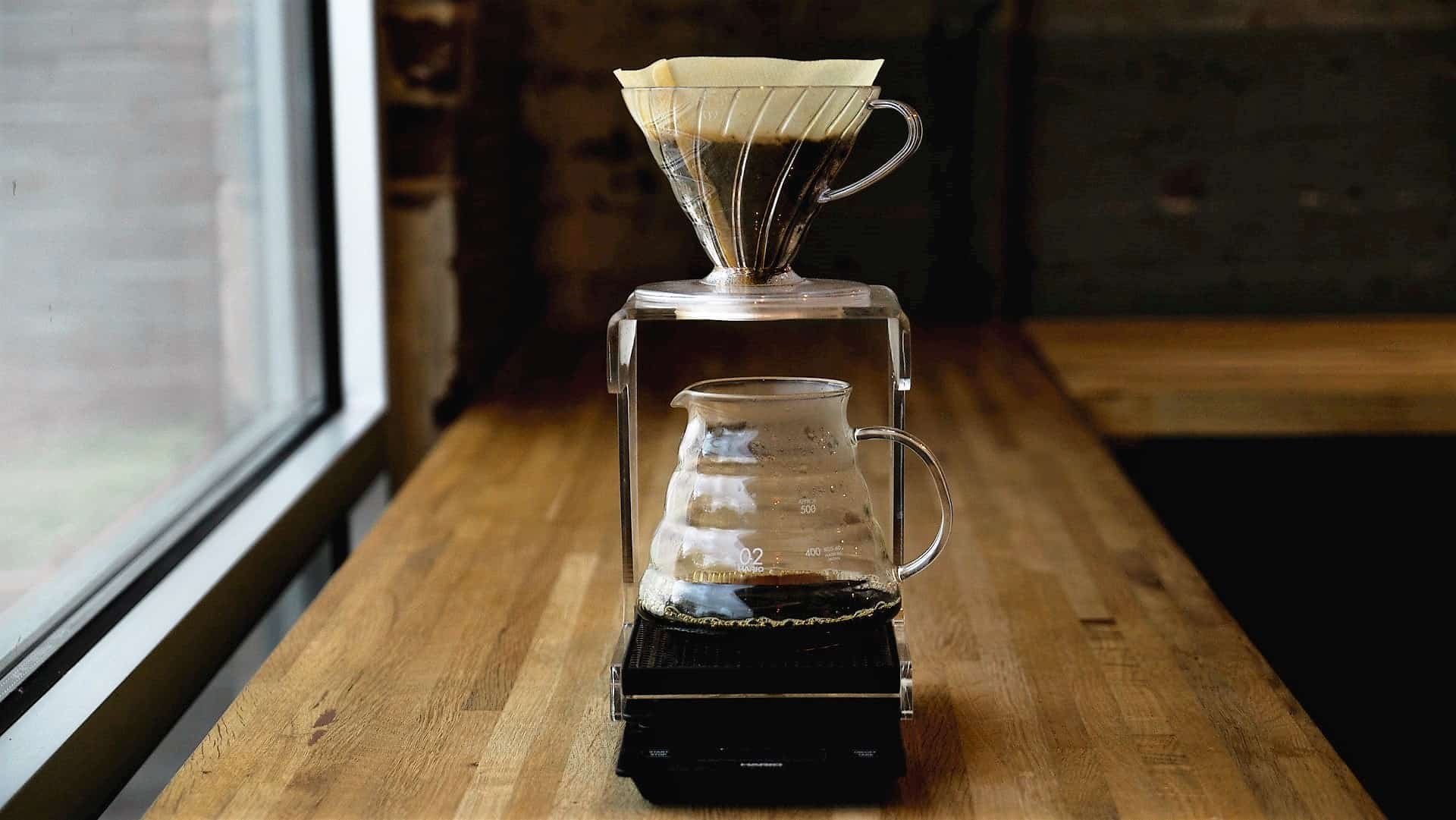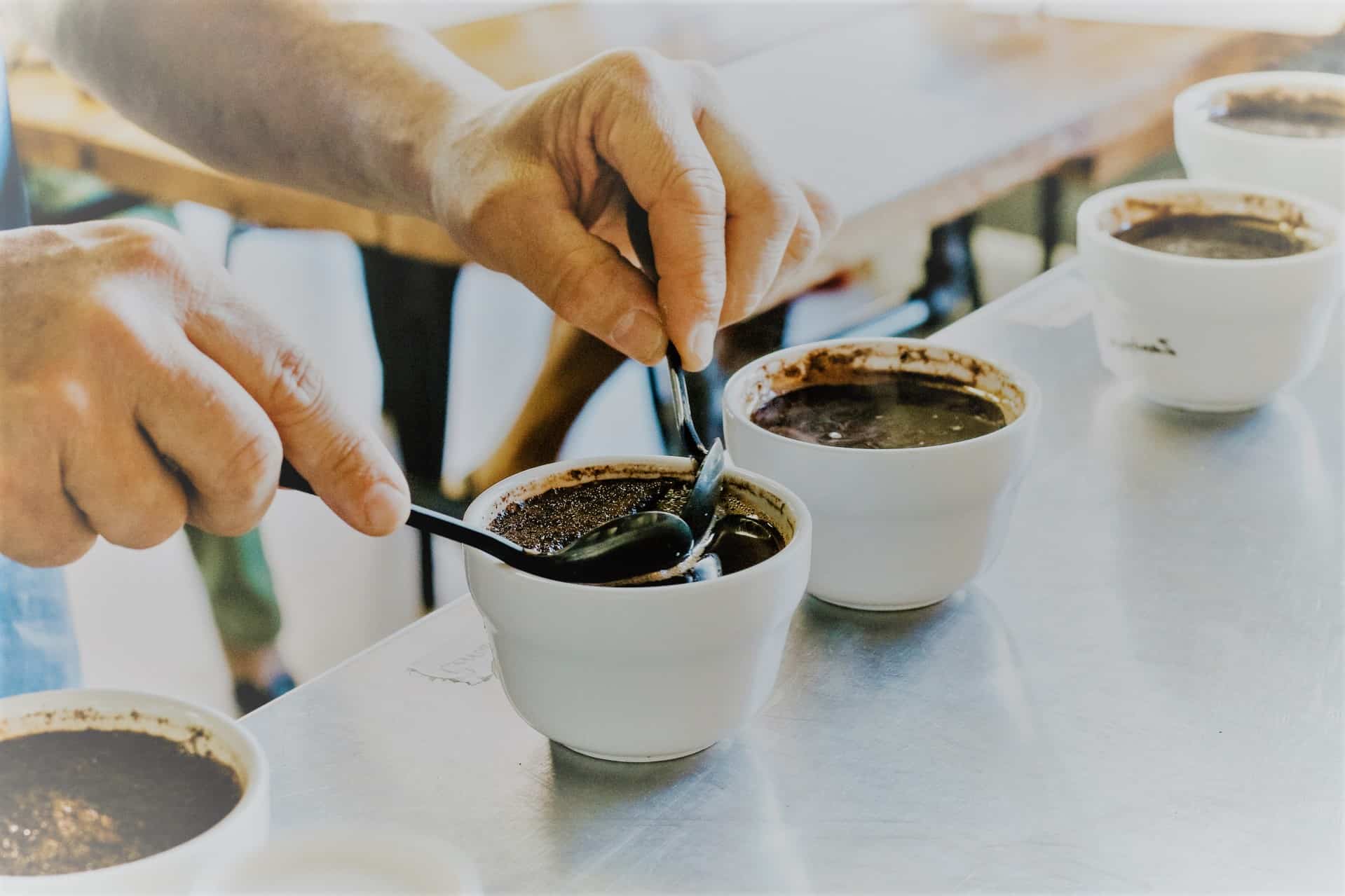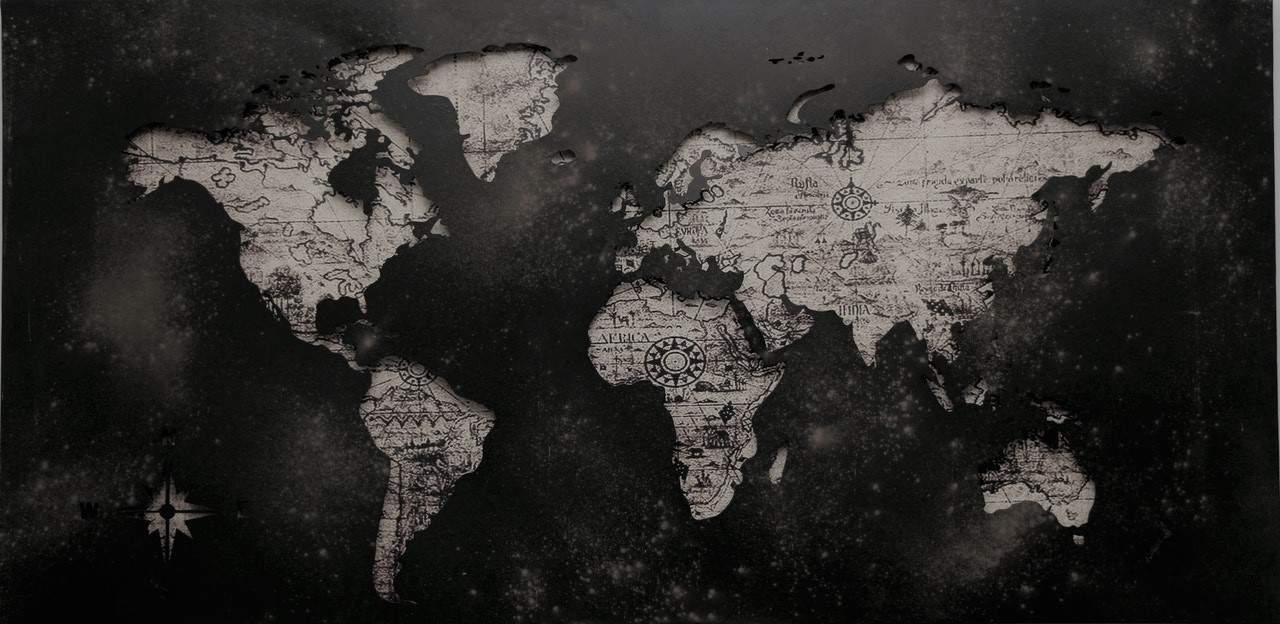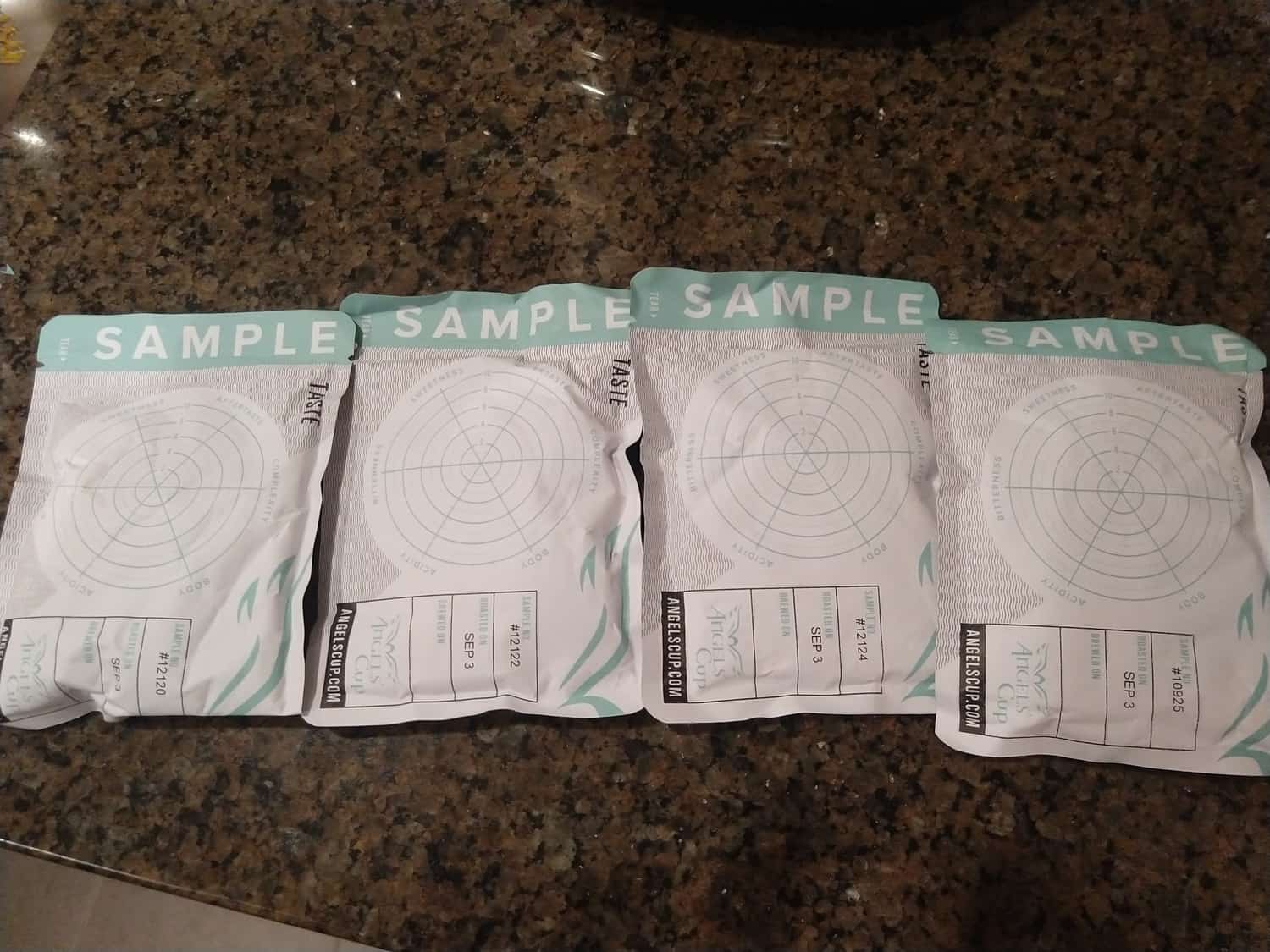Coffee Extraction 101: Understand THIS For Better Brews!
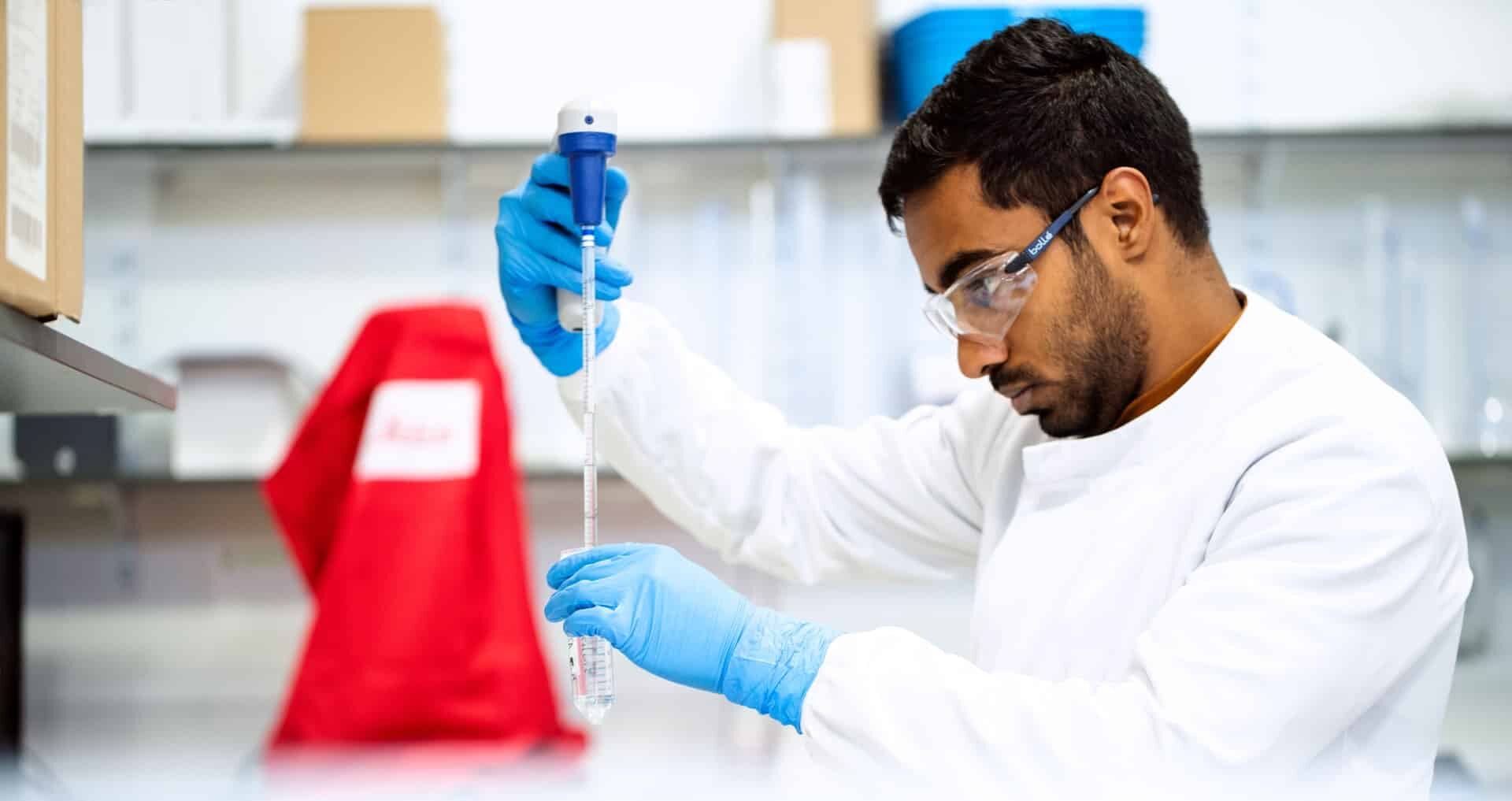
There's no single secret to brewing great coffee, but there is an all-important concept: extraction.
In fact, it's the single most important concept to understand if you want to enjoy better coffee and get the most out of your brewing set-up.
To start with, what exactly does extraction mean?
Table of Contents
Here's what coffee extraction is
Coffee extraction refers to how water pulls (i.e., extracts) flavorful compounds from roasted and ground coffee beans. The rate and amount of extraction depend on many factors, especially roast level, grind size, water temperature, and pressure. You can optimize extraction by changing any or all of these.
We often talk about coffee being "under-extracted" or "over-extracted." In fact, you've probably tasted both many times, whether you knew it or not. We'll cover how to identify and improve those a little later on.
First, let's take a closer look at each of the factors mentioned above.
Time
All else being equal, more coffee bits dissolve in a longer time than a shorter one.
That's intuitive enough.
That also has a critical implication: anything that shortens or extends the extraction time will necessarily affect the flavor!
In fact, everything we'll cover below has a direct affect on the time of the brew.
Roast level
As you roast coffee, the interior structure of the beans dries out and eventually breaks down.
The longer this process continues, the more soluble that interior structure becomes.
So, all else being equal a dark roast will extract much more quickly than a light roast.
Grind size
The smaller the coffee beans are ground, the more overall surface area is exposed to the solvent, i.e., water. And when more coffee is accessible to the water, it gets more thoroughly extracted.
Does that mean you should grind as finely as possible?
Generally, no. It's possible to have too much of a good thing, resulting in bitter or harsh taste. More on that later.
Water temperature
The roast level determines which flavorful, aromatic compounds are available to extract.
However, those compounds aren't equally soluble. Some dissolve readily in relatively cool water (often as low as 85C/185F) whereas others need near-boiling water to extract completely.
Speaking of boiling, it's a common myth that overly hot water will somehow burn the coffee.
We roast coffee at hundreds of degrees, so water at just 100C/212F is just a fraction of the heat they've already experienced. However, hotter water can extract some of the harsher flavors that dark roasts leave behind. It doesn't create a burned taste, but it can reveal it.
Pressure
Increasing the pressure on your coffee and water mixture will force the water into more nooks and crannies of the coffee grounds.
That lets it dissolve particles it couldn't otherwise reach, thereby increasing extraction.
And that leads to the basic principle of espresso: use extreme pressure to extract intense flavor, but keep it short enough to avoid harshness.
We're not going to discuss pressure much beyond that. Firstly, espresso just isn't my expertise, and secondly, it doesn't apply to pour-over and other methods that this site focuses on.
(Even though devices like the AeroPress and moka pot are slightly pressurized, the pressure is too little to play a big role in extraction. We're talking usually <1 bar, versus 9+ bar for espresso.)
How to brew light roast coffee
When coffee beans reach a lower internal temperature during the roasting process, they remain lighter in color. This preserves more of the unique flavors of their origin (terroir, in wine terminology) and creates less roasty, earthy, or even burned flavors.
Generally, we want to extract light roasts as thoroughly as possible, in order to capture all the distinctive flavors—usually floral and/or fruity ones. Harsh-tasting flavors are barely even there, so we don't really need to worry about over-extracting them.
To that end, brew light roasts with the hottest possible water. As mentioned earlier, even boiling water is perfectly fine, and may actually give you the most nuanced and complex cup.
(Avoid decanting the water. Even if it's boiling, and you decant into a preheated pitcher, it still cools by several degrees in the process.)
You'll also want to grind the coffee finer than usual, to help more coffee particles dissolve.
We're not talking espresso fineness, which would likely clog the filter and take forever to drip through. We're aiming for something like fine salt, for lack of a more precise measure.
For pour-over brewing, remember that hotter water percolates faster than cooler water (for the same grind size). Try not to change water temperature and grind size at the same time, otherwise it's hard to tell what's actually making your brews faster or slower.
How to brew dark roast coffee
Dark roasts come from longer roasting times and higher internal bean temperatures. That diminishes the lighter, subtler regional flavors...but also maximizes the chocolate and earthy ones.
(There's no exact threshold, but visible oil on the bean surface is a good sign that you've got a dark roast. "Dark" roasts vary from a hint of oil to something resembling greasy charcoal.)
Unlike light roasts, where we're trying to extract everything we can, dark roasts usually taste best with more moderate extraction. That means lower water temperatures—start around 90C/195F—and a coarser grind size.
Those adjustments help us get the pleasantly roasty flavors without much of the harsh, bitter ones.
And since cooler water percolates more slowly, the coarser grind offsets that effect, so we can keep overall brewing time in the range of 2-3 minutes.
If you find that a dark roast still tastes harsh, then consider switching to an immersion brewing method like a French press or AeroPress. This lets you use an even coarser grind, to mellow out the flavor, without the wateriness that happens when water drips through too quickly.
Cheat sheet: optimizing extraction for drip & pour-over coffee
Light and dark roasts exist on a spectrum. Very light ones taste best with near-boiling water and the finest grind that yields appropriate brewing time. Very dark ones need much cooler water and coarser grinds.
Most coffees fall somewhere in the middle, so it takes experimentation to get the full potential out of each coffee.
- Begin with a salt-like grind size and a water temperature around 95C/205F (or a few degrees lower).
- If the taste is oddly harsh and bitter, then decrease extraction with cooler water or a coarser grind.
- Conversely, if the taste is sour, saline, or bland, then increase extraction with hotter water or a finer grind.
You'll probably need to change both factors, but only one at a time. As you do so, try to keep the brewing time around 2-3 minutes for pour-overs.
All this can be a little frustrating for newbies to the "serious" side of coffee, so don't fret if it takes a few tries to get the results you're hoping for.
Just remember that it becomes more intuitive with experience!
P.S. The best experience comes from brewing a huge variety of coffees. My favorite way to try a huge variety (without breaking the bank) is through tasting subscriptions like Angels' Club. I've recommended that one to friends and family for years, so have a look my review to find out what you can expect.
